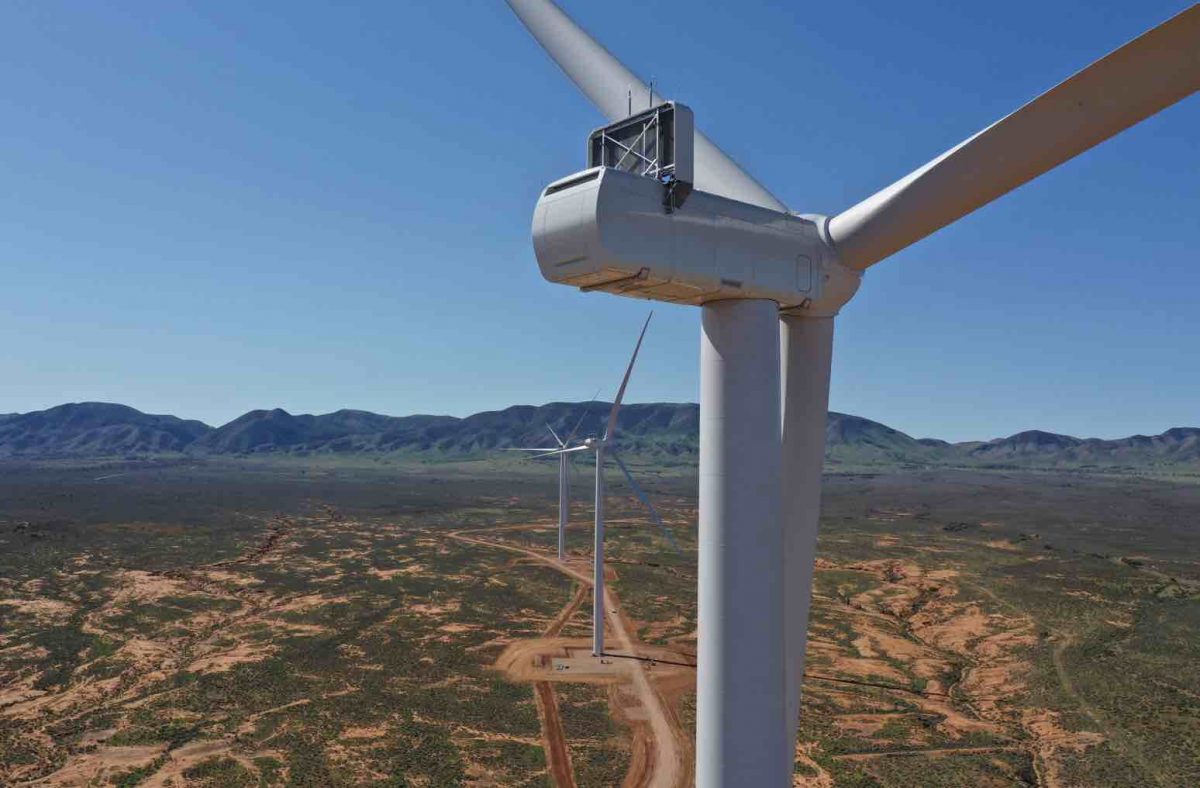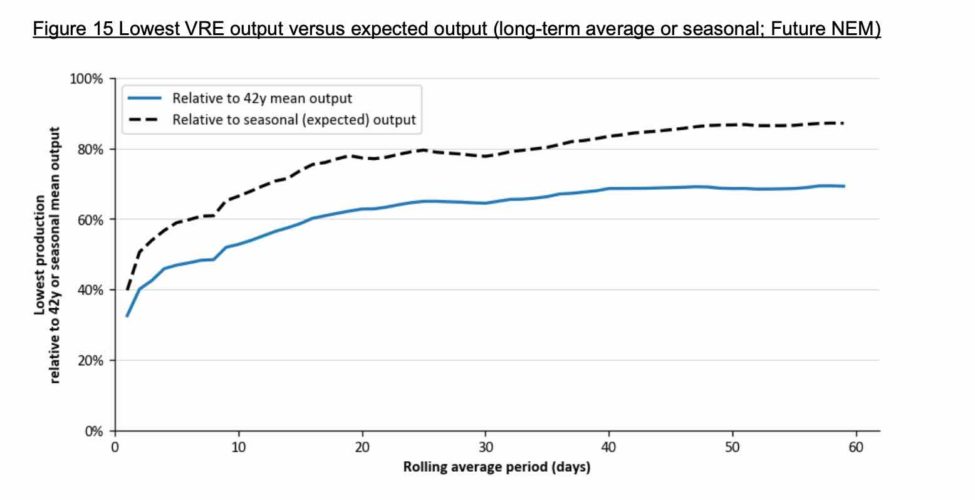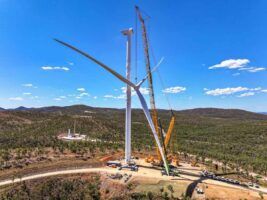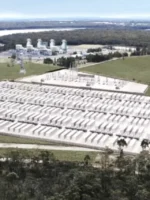A newly completed study of 42 years of wind and solar output on Australia’s main grid shows that while there is a risk of wind and solar droughts, they are not as bad as thought. And that might change the thinking about how much long duration storage is required, and who should build it.
The risk of wind and solar droughts – often referred to by their German name of Dunkelflaute – and an overdose of instant wind and solar are two of the biggest headaches for managers of a future grid almost entirely dependent on variable renewables (VRE).
The big debate is around how much storage and other back-up is needed for a grid supplied by wind and solar, particularly the long duration stuff from pumped hydro, and other emerging technologies such as solar thermal, compressed air and others.
The answer seems to be: Not as much as some might think. A few months ago we reported on the conclusions of wind engineer David Osmond, who has been doing a live update each week for more than a year on the output of wind and solar, and transposing those results to a grid.
See our story: A near 100 per cent renewables grid is well within reach, and with little storage ,and also the associated podcast: Energy Insiders Podcast: How much storage is needed for 100% renewables?
An even deeper study, looking at the output of wind and solar over the past 42 years – and overlaying the anticipated 62GW of wind, 65GW of big solar and 52GW of rooftop solar modelled by the Australian Energy Market Operator in its 2050 “step change” scenario – makes some interesting and deeper observations.
The study – Quantifying the risk of renewable energy droughts – has been conducted by Joel Gilmore, Tim Nelson and Tahlia Nolan, all from Griffith University and all senior professionals with Spanish energy giant Iberdrola.
The first thing to recognise is that – even with 180GW of wind and solar – droughts will occur. But according to the study’s analysis, only for very short periods – like an hour or so. Longer term, over a week or more, the droughts are nowhere near as deep, and can be anticipated.
This is important. As Gilmore says, the idea that market operators will have to find enough storage and back-up to meet 30GW of average demand over a two week period is false.
Long term droughts are shorter and shallower. And if governments do want to plan for a one in 40 year or 1 in 100 year event, they may have to think carefully how to do it.
So here’s a couple of important observations from the study, which is the first long term study of VRE droughts in Australia.
The first is that any shortfalls in capacity at peak times should be relatively easy too manage, mainly because the issue is providing instant megawatts, of which there should be plenty, and which can be helped by demand management
 The bigger issue is away from peak times. This graph above shows the lowest minimum output over 42 years in the middle of the day is still above 20 per cent of capacity. That’s because solar is reasonably predictable, and there is always something producing.
The bigger issue is away from peak times. This graph above shows the lowest minimum output over 42 years in the middle of the day is still above 20 per cent of capacity. That’s because solar is reasonably predictable, and there is always something producing.
The bigger challenge is overnight. Indeed, the lowest backcast output for the existing fleet was a 0.59 per cent capacity factor, registered at 4am on April 19, 2020. This was confirmed by examining historical metered data for units that were installed by that time, which showed wind and solar hit a low of 0.31 per cent.
For the future NEM fleet, the minimum fleet output is slightly higher (1.39 per cent at 5pm May 17, 2010), consistent with the greater geographical diversity of capacity in that scenario.
But these droughts do not last long. The study found that over a two week period the available VRE (variable renewable energy, or wind and solar) energy does not fall below 75 per cent of expected production.
This is shown in Figure 15 which compares the absolute lowest output of renewables (the blue line) with the lowest output relative to the seasonal expected output (dashed black line).
Further studies about the frequency of any excursions from this data shows that system planners can have confidence that, relative to expected output, a “one in ten year” event is VRE output less than 70% of expected output for ten days, or less than 85% for 45 days.
“A one in 40 year event would be two weeks with output less than 70% of expected,” the study notes.
“There may be some long- tail events that are not captured in the 42 year sample period, but by definition these will be uncommon and therefore comparable with other non-credible events that are unlikely to be cost effective to plan against.”
What does all this mean? .
“Those extreme droughts (that are often talked about in public) are not a thing,” Gilmore says. “There are a short term dips – it does happen for an hour or so. It doesn’t happen for seven days.”
How authorities respond to this is complicated. It may mean that Australia will need a back up gas generator or two that might need to be switched on once every decade or two, or three. Who owns and operates those is a tougher question – no private operator would see the point.
Then there are the massive “mega” storage projects such as Snowy 2.0, and the two “batteries of the nation” – one proposed by Tasmania and other in Queensland – but to keep them on standby for these rare events complicates market settings.
Just as well these, perhaps, are owned by government. But what impact on other investments will they have if they trade freely in day to day storage scenarios.
“We will need long duration firming to fill these gaps,” Gilmore wrote in a recent presentation for the paper. These include storage, over-building renewables, fuel-based firming, flexible demand, and transmission.
One key point is that the question is more about energy rather than capacity. That’s another conundrum for the policy makers to deal with. But one thing is for sure: “100 per cent VRE is absolutely doable,” he says.
So how much long duration storage do we need? “It’s a risk management question,” Gilmore says. And one that he and his team intend to tackle in a subsequent paper. Right now, they are happy enough to have the data out there to settle a few arguments on that score.
Find the original report here.











